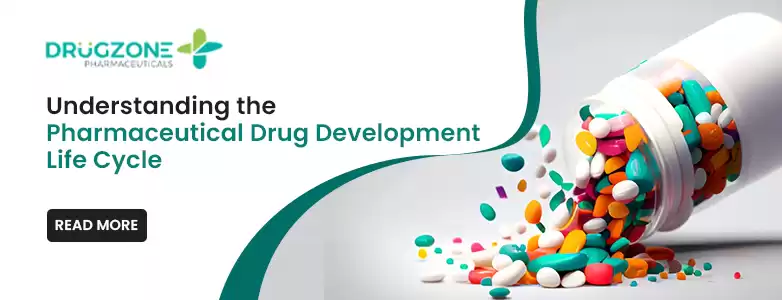
Posted On: March 26, 2024
Understanding the Pharmaceutical Drug Development Life Cycle
The development of new generic pharmaceuticals is a complex process. It spans many years and includes multiple steps. Each phase aims to ensure that any new medication is both safe and effective before it becomes available to the public.
Here is an overview of the typical stages in the drug development life cycle.
1. Discovery and Development
This stage identifies potential new drugs through research. This may involve screening different compounds, understanding disease processes, and finding how new drugs might impact cellular functions.
For instance, scientists might screen thousands of natural and synthetic compounds to find one that works safely and effectively.
This identified compound could then move forward in the drug development process as a candidate for further study.
Target Identification
Scientists identify a biological pathway or enzyme. This enzyme can be modulated by a drug to treat a disease. This helps in creating medications that interact with the diseases selectively.
The aim is to alter these pathways or enzymes' activities to stop the progression of the disease.
It can also help with development of more effective and tailored therapies for a wide range of health conditions.
Lead Compound Identification
A lead compound with the desired biological activity is identified through screening.
Preclinical Testing
Compounds undergo laboratory and animal testing to answer basic questions about safety.
2. Preclinical Research
Before human testing, extensive laboratory testing and research on animal models are done. This phase checks the safety profile, potential toxicity, and pharmacodynamics of the compound. It involves -
In Vitro Testing
It is done outside of a living organism, typically in a controlled environment such as a test tube or petri dish.
In Vivo Testing
In contrast, in vivo testing is carried out inside a living organism. This can include testing on animals or humans, depending on the study's stage and ethical considerations.
3. Clinical Research/Development
This stage examines the safety and efficacy of a drug through a series of structured clinical trials involving human participants.
Phase I Trials
These are small-scale trials of a new drug or treatment conducted in humans. It helps to determine the correct dosage range and possible side effects.
The sample size is usually small, ranging from 20 to 100 volunteers. The trial provides essential data on two aspects, namely -
- Pharmacokinetics (how the body processes the drug)
- Pharmacodynamics (how the drug affects the body)
Phase II Trials
After a generic pharmaceutical is safe in Phase I, it progresses to Phase II to evaluate its effectiveness and safety. It involves a larger group of people (100 to 300). These people actually have the condition that the drug is designed to treat.
Phase III Trials
Phase III trials are large-scale studies that provide the definitive assessment of a drug’s efficacy. The data collected during this phase is compiled into a New Drug Application (NDA) in the United States.
The inputs are then submitted to regulatory agencies like the FDA.
Phase IV Trials
Phase IV trials are also known as post-marketing surveillance trials. They are conducted after a drug has been approved for use by the public.
They provide extra details about the drug’s risks, benefits, and optimal use over a longer term.
4. FDA Review
The FDA reviews the new application critically. It considers all data, proposed labeling, and inspection of manufacturing facilities.
NDA Review
It entails detailed evaluation of drug data and proposed labeling of generic pharmaceuticals.
Advisory Committee
An advisory committee may be sought for independent expert advice and recommendations.
Decision
The FDA decides to approve or reject the new drug.
Positively Anticipating the Future of Tailored Generic Pharmaceuticals
The path from discovering a new drug to getting its approval from the FDA is long and expensive. It usually takes more than 10 to 15 years and costs several dollars. But this process plays a vital role in ensuring that the drugs to the public are safe.
The ongoing advancements in the pharmaceutical industry can further expedite and improve the process, helping create medicines that are more effective for each person.
It is worthwhile to anticipate the advancements that the rapidly evolving fields of science and technology will bring in the near future!
FAQs
Who ensures the safety and efficacy of a drug before it hits the market?
The safety and efficacy of a drug before it hits the market are ensured by regulatory agencies, such as the Food and Drug Administration (FDA). These agencies review clinical trial data before granting approval.
What are the major challenges faced during the drug development process?
The major challenges in generic pharmaceutical development include high costs, lengthy timelines, regulatory hurdles, high failure rates, intellectual property issues, difficulties in patient recruitment for clinical trials, and challenges in market access and reimbursement.
Tags
Latest Posts
-
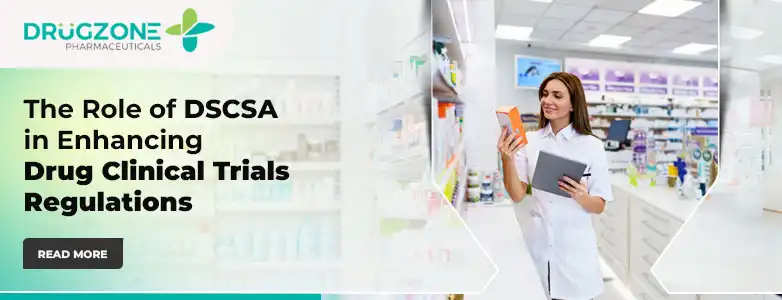
The Role of DSCSA in Enhancing Drug Clinical Trials Regulations
-

The Importance of Pharmacovigilance in Wholesale Distribution
-
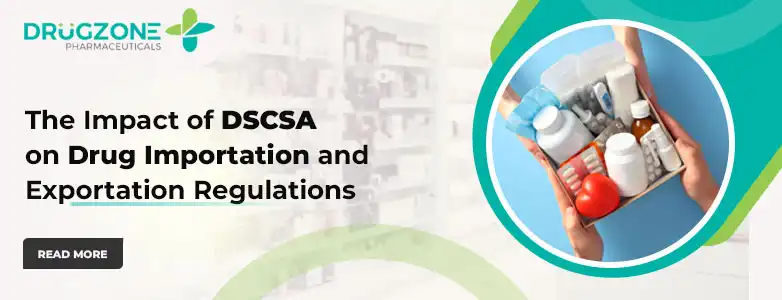
The Impact of DSCSA on Drug Importation and Exportation Regulations
-
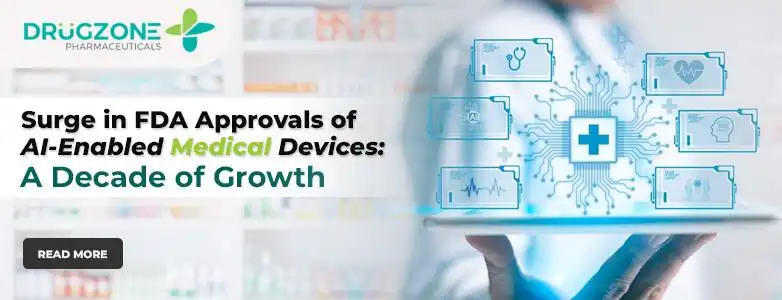
Surge in FDA Approvals of AI-Enabled Medical Devices: A Decade of Growth
-
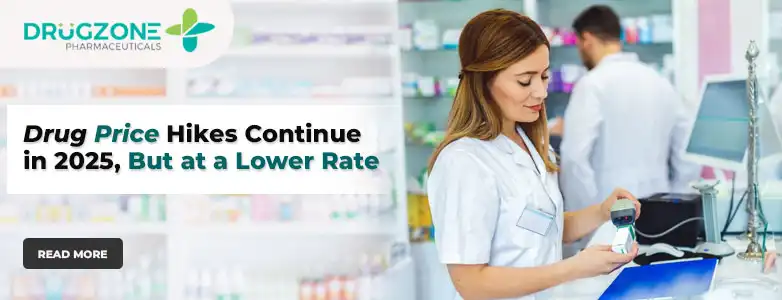
Drug Price Hikes Continue in 2025, But at a Lower Rate
Similar Posts
-

The Importance of Pharmacovigilance in Wholesale Distribution
-

Surge in FDA Approvals of AI-Enabled Medical Devices: A Decade of Growth
-
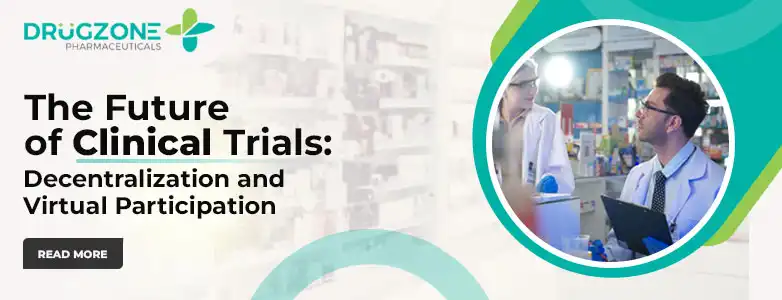
The Future of Clinical Trials: Decentralization and Virtual Participation
-
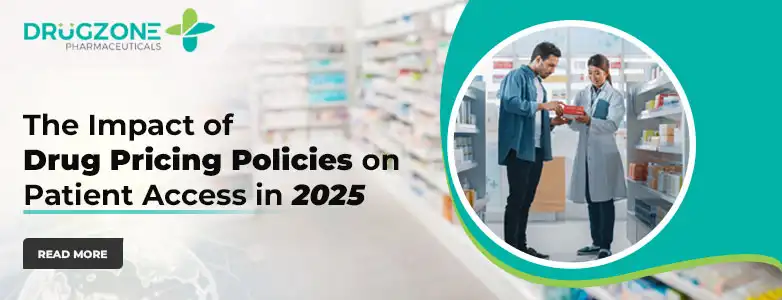
The Impact of Drug Pricing Policies on Patient Access in 2025
-
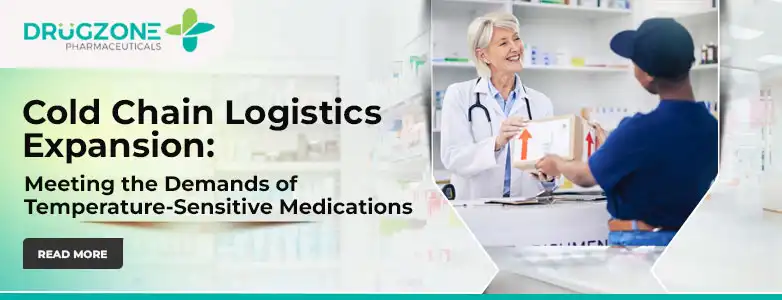
Cold Chain Logistics Expansion: Meeting the Demands of Temperature-Sensitive Medications
